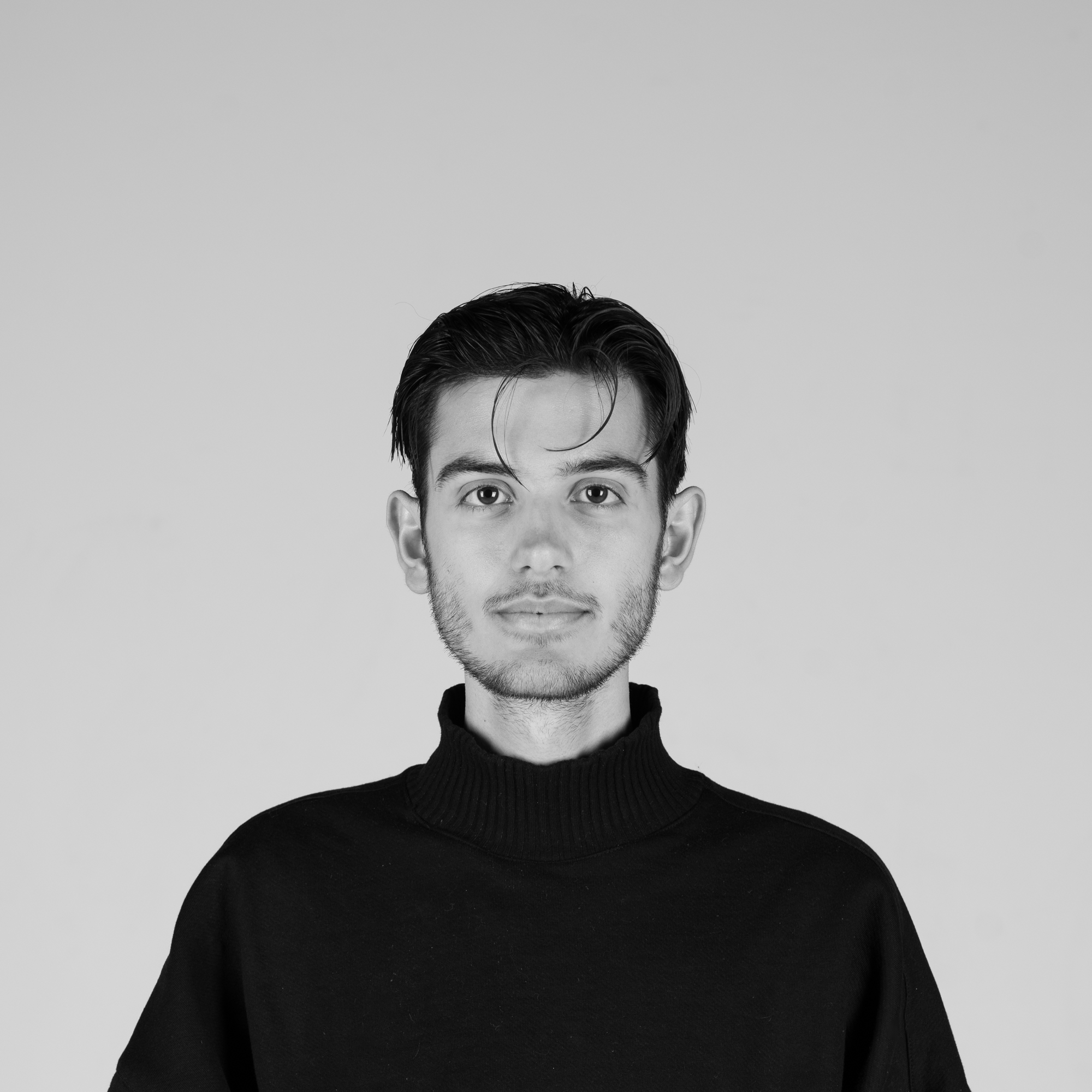Do czego to służy
Sona proactively reduces chronic & situational stress and improves focus throughout the day using rhythmic vibration, addressing the issue of digital overload with passive, effortless, intuitive stress relief without screens, sounds, or distractions.
Twoja inspiracja
Stress is a global epidemic, yet most existing stress-relief solutions rely heavily on screens and active engagement, causing even more sensory overload. Many focus only on short-term stress and demand active user input, neglecting the stressors in life that lead to chronic, long-term strain. Inspired by the concept of Calm Technology and the emotional effect of rhythm, I wanted to create a solution that works intuitively and silently. Sona came from this idea: a wearable that uses tactile rhythms to reduce stress on a visceral level—passively, inclusively, and with a jewelry like aesthetic, destigmatizing stress.
Jak to działa
The user simply puts on Sona around the neck at the beginning of the day-no setup, app, or manual input is needed. From that point, Sona works entirely in the background. Integrated sensors track subtle signals such as heart rate, skin conductivity, and breathing rhythm. Based on this biodata, the device identifies stress levels and responds in real time with generated gentle vibration patterns. These vibrations are created by quiet, micro-motors(LRA) and are felt as soft, rhythmic pulses on the skin. Lower frequencies calm the body, while faster pulses enhance focus. The vibrations travel through the neck and activate nerves that influence the body’s stress response. This interaction helps regulate the nervous system without adding any mental effort. Sona supports users through all daily situations - working, commuting, or relaxing - by continuously adjusting to their needs and delivering stress relief passively, comfortably, and discreetly.
Proces projektowania
Sona’s development began with extensive scientific research and user-centered design. Over 50 peer-reviewed studies on stress physiology, haptic feedback, and vagus nerve stimulation formed the theoretical foundation. Sic expert interviews with a neurologist, psychophysiologist, and music therapist provided further insight into rhythm, body response, and placement. Based on this, I explored frequency ranges and mapped them to low-noise vibration motors. I then created over 20 iterative 3D-printed prototypes (TPU, PETG, Nylon SLS), refining comfort, fit, and motor layout. Lidar scans of various necks guided the ergonomic shaping. The working prototype combines a Circuit Playground Express microcontroller, LRA motors, and biosensors, programmed in CircuitPython. In structured user testing with 20 participants, stress was measured using STAI questionnaires. Results showed a 30% stress reduction and a 33% improvement in positive states after just 5 minutes. This validated the concept and guided final adjustments to form, rhythm logic, and materials. CMF decisions were based on feedback from NIOs CMF Team to ensure both sustainability and skin comfort. The final design embraces a jewelry-like aesthetic to support visible, intentional presence in daily life.
Jak to się różni
Sona stands out by introducing a completely new way to experience rhythm-through passive, haptic touch. Unlike traditional stress-relief products that rely on screens, apps, or sound, Sona works entirely in the background. It doesn’t require users to do anything: no settings, no interaction, no focus shift. Instead, it reads biosignals in real time and generates personalized vibrations that influence the nervous system directly. This creates a new sensory interface - a communication layer beyond vision and hearing. Most competitors only offer data tracking or guided exercises that demand attention. Sona’s jewelry-like form challenges the stigma of mental health tools by making stress management something open, wearable, and beautiful. This combination of scientific grounding, silent operation, visceral interaction, and inclusive design makes Sona a truly unique and transformative solution in the wellness and tech landscape.
Plany na przyszłość
The next step for Sona is to combine the analogue wearability prototypes with the working electronic prototypes into one fully integrated, testable unit. So far, I have developed multiple form studies to optimize comfort and aesthetics, as well as functional models with basic haptic feedback and biosignal input. The challenge now is to miniaturize and embed the electronics into the wearable form while maintaining ergonomics and reliability. To move forward, I am looking for opportunities to support technical development. I would love to get Sona to a working product - creating real impact in stress management across society.



Połącz